As artificial intelligence From content creation to healthcare, it’s pervasive in every field, but could robo-recipe be on the menu next?
A Polish study investigated the potential of AI in meal planning specifically for people with food allergies, but the results were mixed.
Researchers at the Poznan University of Economics and Management in Poland typed prompts into ChatGPT, an AI-powered large-scale language model (LLM) developed by OpenAI, to get meal recommendations. specific food allergies.
Chat Life Hack: How Users Create Grocery Lists From AI-Generated Recipes And Meal Plans
“ChatGPT, at least in the version tested in January 2023, created a balanced diet plan for people with food allergies in general, but not all of them were safe,” he said. The study’s principal investigator, Pawel Nishchota, was published in an academic journal. Nutritionist told Fox News Digital.
Studies show that about 30,000 people visit emergency departments each year with food-allergic reactions, and 150-200 people die from food allergies.
A new study explores the potential of AI meal planning, especially for people with food allergies, with mixed results. (St. Petersburg)
With this risk in mind, researchers set out to determine the safety of using ChatGPT to generate recipe suggestions.
“ChatGPT is a useful tool for nutritionists and other food professionals to identify when it is misleading,” says Niszczota.
“A layperson may incorrectly infer that ChatGPT or a similar model is correct simply because they appear confident in their responses.”
“I have seen first-hand how users can request an infinite variety of meal plans without worrying about the cost of visiting a nutritionist.”
Researchers focused on 14 food allergens.
These include grains containing gluten (wheat, rye, barley, oats), eggs, fish, shellfish (such as shrimp, crab, lobster), mollusks (such as mussels and oysters), peanuts, soybeans, milk and milk. Products include nuts (almonds, hazelnuts, walnuts, etc., according to a discussion of the findings in the journal Nutrition), celery, mustard, sesame seeds, sulfur dioxide, sulfites (>10 ppm), and lupine.
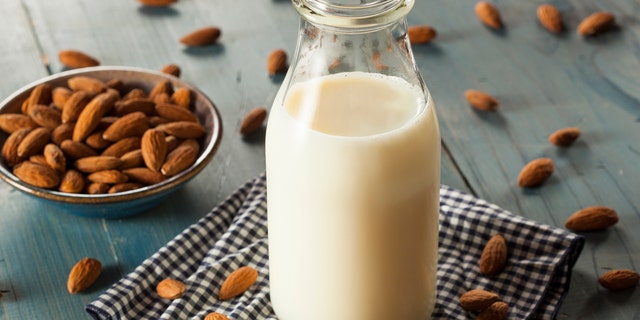
ChatGPT included almond milk in its nut-free diet, which can be very dangerous for people with nut allergies. (St. Petersburg)
On January 28th, they entered prompts into ChatGPT based on four different food restrictions.
The chatbot generated responses based on built-in algorithms and the vast amount of dietary information available on the internet.
Responses were then evaluated by a licensed nutritionist with a Master’s degree in human nutrition.
What ChatGPT did well
Piyush Tripathi, Principal Engineer at Square San Francisco, Californiacreated their own diet app, Gainguy, using another large-scale language model called BERT. (He was not involved in the Polish studies.)
He said he believes flexibility is the biggest advantage of using LLM for meal planning.
“I’ve seen first-hand how users can request an infinite variety of meal plans with this without having to worry about the cost of seeing a nutritionist,” he told Fox News Digital.
Teens turn to SNAPCHAT’s ‘MY AI’ for mental health support — doctors warn of this
“By analyzing ingredient lists, nutritional data and user preferences, ChatGPT is able to offer alternative ingredient suggestions and provide detailed information on suitable food choices,” continued Tripathi.
“plus, Technologies like ChatGPT We are available 24/7 and are ready to respond to questions and conversations instantly. ”
The study authors also noted specific strengths of AI-generated suggestions.
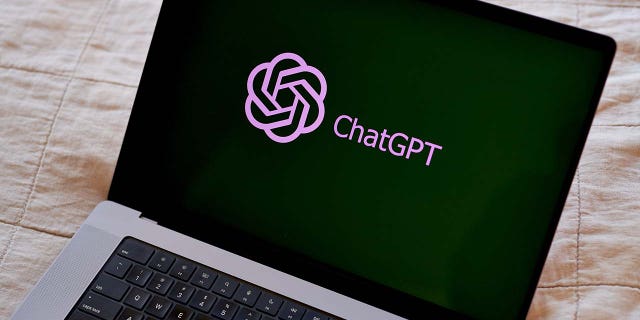
“People may incorrectly infer that ChatGPT or similar models are correct simply because they appear confident in their responses,” the researchers said. (Gabby Jones/Bloomberg via Getty Images)
“The diet was prepared according to the basic recommendations set out in various guidelines. food-based dietary guidelinesFor example, restricting meat intake in favor of fish and poultry, and eating vegetables and fruits at every meal,” they said.
Responses also included helpful tips and guidance, such as the importance of reading labels carefully.
Potential pitfalls of ChatGPT in meal planning
The main criterion of the Polish study was safety, which measured whether specified food allergens were excluded from the proposed diet.
“Four of the 56 meals (7.1%) contained the banned allergen (nuts in the nut-free diet),” Nishchota told Fox News Digital.
Specifically, ChatGPT included almond milk in a nut-free diet, which can be very dangerous for people with nut allergies.
CHATGPT Offers Better Medical Advice Than Real Doctors In Blind Study: ‘This Will Be A Game Changer’
Another concern is that some diets are too low in calories to provide needed levels of nutrients, notes a discussion of the findings.
“Most of the suggested menus provided only general statements about medical professional supervision and no warnings about drastic calorie restriction,” the authors wrote.
Lack of dietary diversity is also a problem, and this can be a barrier to people consistently adhering to recommended diets.
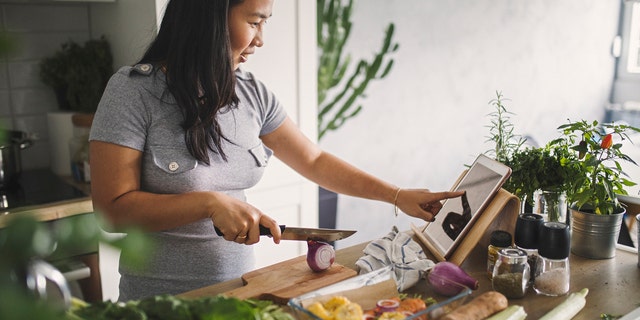
Based on this single study, Nishchota identified the risk that large-scale language models could generate dangerous nutritional advice for people suffering from food allergies. (St. Petersburg)
“version [of ChatGPT] The menus used in the study created monotonous menus with frequent food repetitions that probably wouldn’t last long,” Nishchota said.
Based on this single study, he identified the risk that large-scale language models could generate dangerous nutritional advice for people suffering from food allergies.
“Another risk is that people may take mental shortcuts, believing that dietary advice from generative AI is so confident that it is accurate,” he warned. .
ChatGPT also lacks the ability to include images in interactions. Niszczota believes this is more useful for dietary recommendations.
“It is not clear who will be held liable if a person with an allergy reacts to a meal plan generated by a chatbot.”
“For example, people might take pictures of their meals and ask AI for feedback to track their diet,” he says.
The potential legal implications are also unclear, Tripati said.
“It’s not clear who will be held liable if someone with an allergy responds to a chatbot-generated meal plan,” he said.
The study included several limitations
According to OpenAI’s release notes, ChatGPT has been updated a total of seven times since January 2023, when the survey was conducted.
This means that someone typing the same prompt today may receive a completely different response.
Results were also limited due to the relatively small number of prompts, Nishchota said.
“Since doing the analysis, OpenAI [enabled] With ChatGPT accessible via API, researchers can ask the same prompt, or variations of the prompt, over and over again,” he explained.
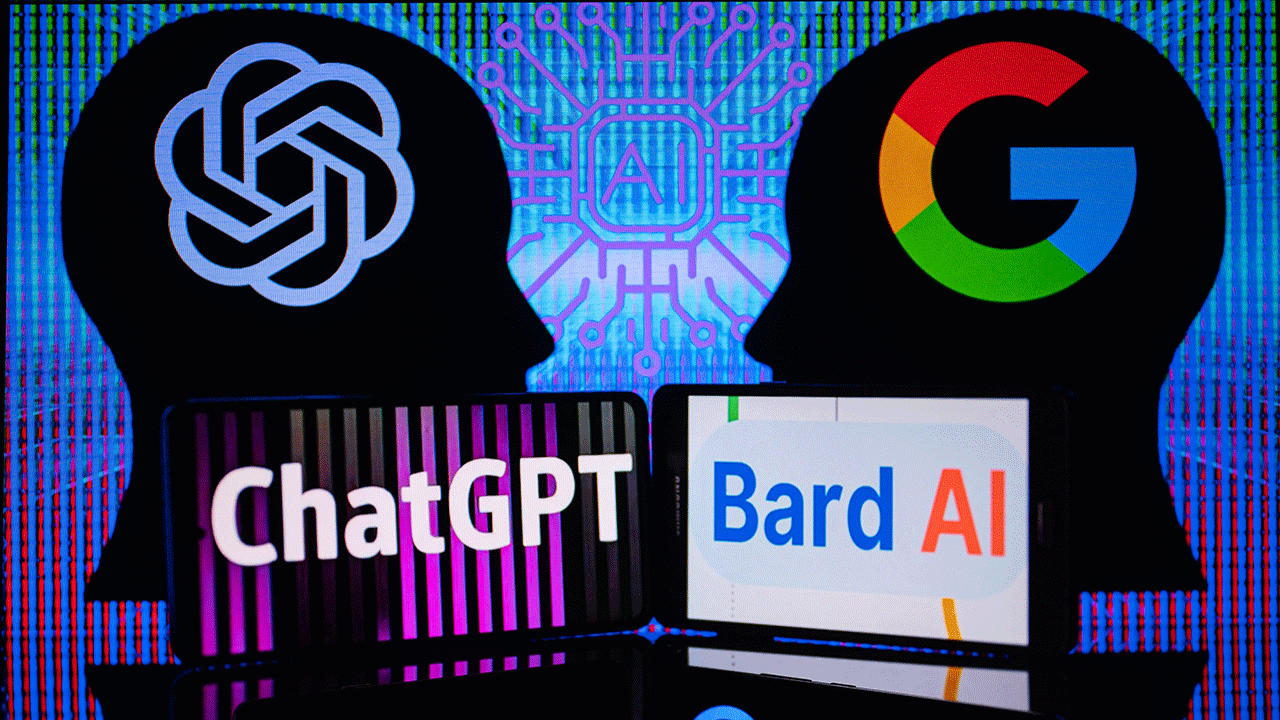
The researcher noted that his team relies solely on ChatGPT, but there are also large language models from other companies, such as Google Bard, which he said should be evaluated. . (Jonathan Lah/NurPhoto via Getty Images)
“Future research will take advantage of this and be more effective.”
Additionally, in this study, there was no further interaction after ChatGPT provided the response.
“In practice, interactions with large language models consist of multiple prompts and responses,” Nishchota noted. “These may produce different outcomes. For example, in the process of interacting with ChatGPT, we may be able to achieve a less monotonous diet.”
Chatbots and Healthcare: Can AI Chatbots Change the Patient Experience?
The researcher also noted that his team relied solely on ChatGPT, but has large language models from other companies. Google Bard etc.it should be evaluated.
“More importantly, longitudinal studies are needed to identify how people actually use dietary advice from large-scale language models,” he added.
Experts say that AI diet advice should be taken with a grain of salt
Tripati said that when using ChatGPT for personalized dietary advice, it is important to provide accurate and complete information about health conditions, dietary preferences and lifestyle habits.
But even if it does, LLM’s food recommendations can’t match human input, he said.
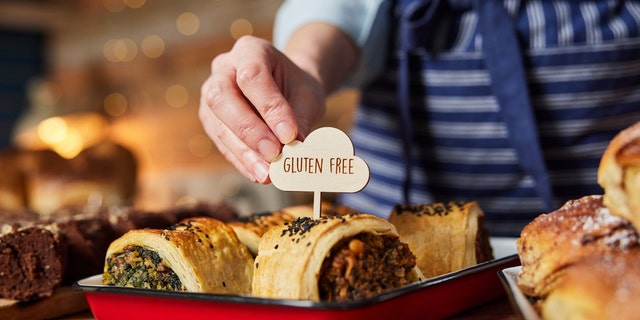
The researchers focused on 14 food allergens, including gluten, eggs, fish, shellfish, peanuts, soybeans, milk and dairy, tree nuts, celery, mustard, sesame seeds, sulfur dioxide and sulfites, and lupine. (St. Petersburg)
“Chatbots lack the ability to interact with individuals and understand their specific needs and concerns,” he said.
“This can lead to a lack of empathy and understanding, which can be important when dealing with people with allergies.”
Click here to sign up for our health newsletter
For example, Tripathi warned that AI models may not take into account allergy severity or individual health conditions.
CLICK HERE TO GET THE FOX NEWS APP
Above all, he argued, the meals provided by ChatGPT should not be considered a substitute for professional medical advice.

